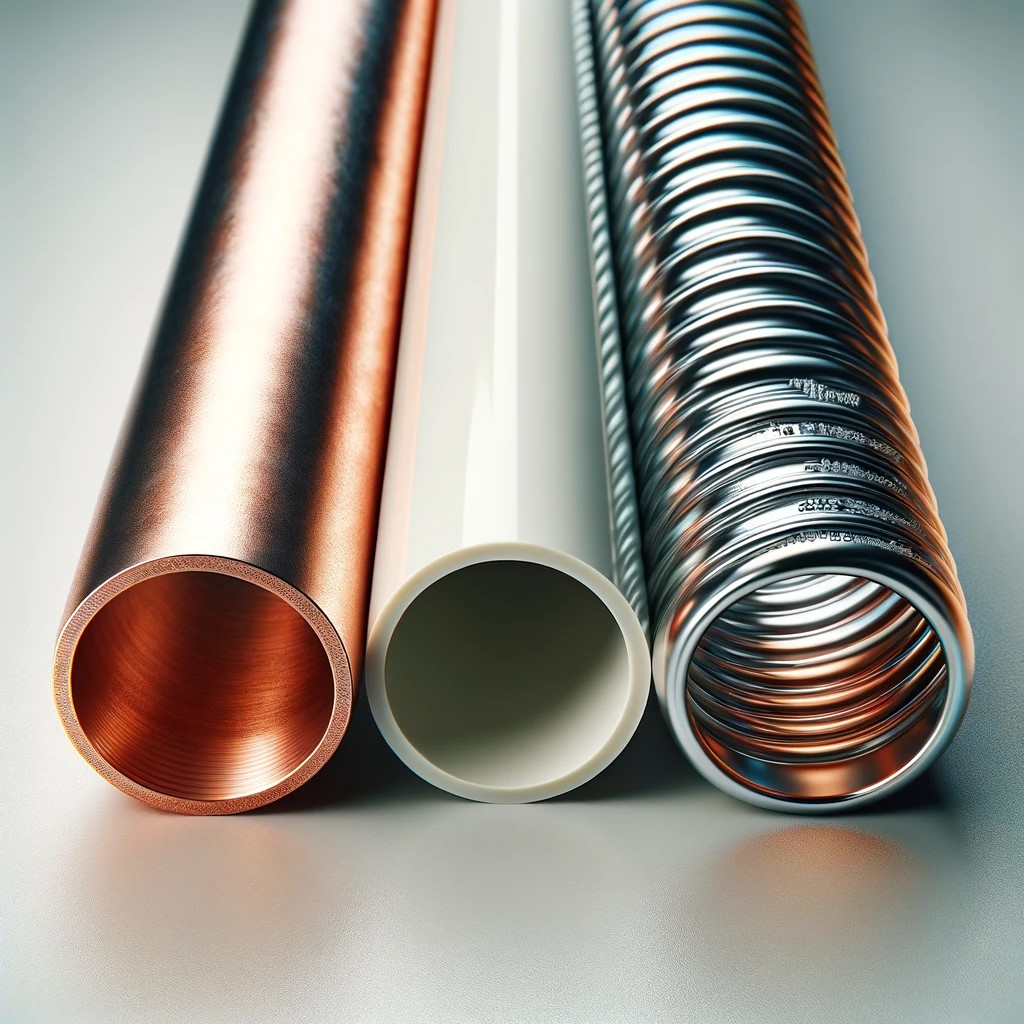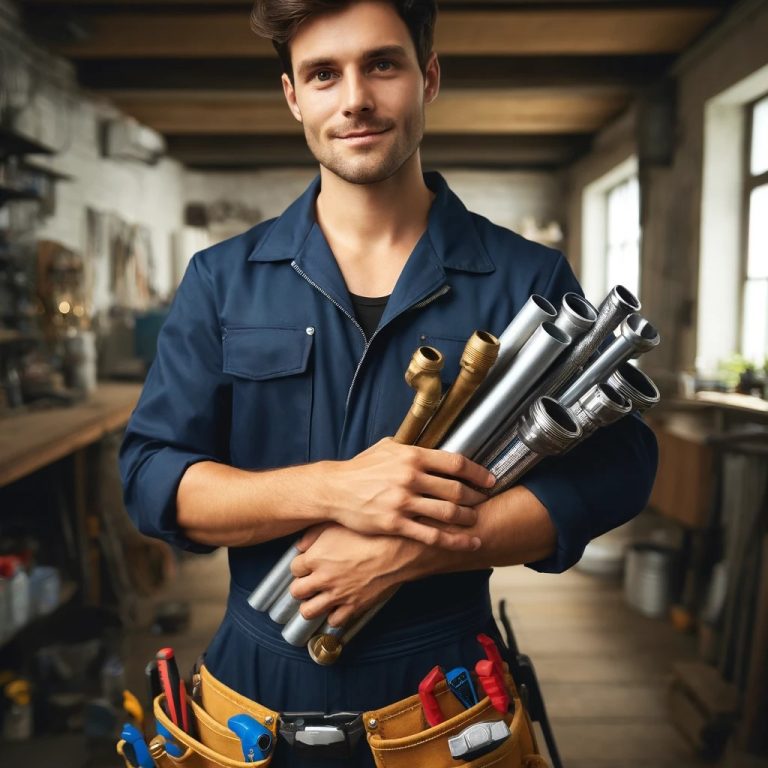Curious about the differences between pipe lining and pipe coating? This comprehensive blog post covers everything you need to know!
In the plumbing industry, protecting pipes is crucial, and the two primary methods are pipe lining and pipe coating. Both techniques aim to create a barrier between the pipe and environmental factors.
The main distinction lies in their application: pipe coating is applied directly onto existing pipes, while pipe lining involves excavating the pipes before encasing them in a protective layer.
This article delves into how each method functions and discusses their potential benefits for your home or business.
What is Pipe Lining?
Pipe lining is a technique used to reinforce existing pipe walls by applying an epoxy lining to the damaged sections. This epoxy resin bonds with the pipe walls, creating a robust protective layer that prevents corrosion within potential failure zones.
While it can be utilized in both new pipeline installations and existing pipelines that require repair, it is important to note that it demands significant time and financial investment to be done correctly, which generally makes it more expensive than pipe coating.
Advantages of Pipe Lining
Pipe lining is particularly effective in corrosive environments. It provides a high level of protection against chemical attacks and can be adapted to any pipe material or size. One of the key benefits of lining is that it is installed from the inside, allowing for repairs or replacements of pipelines with minimal disruption to business operations.
Additionally, pipe lining may reduce future maintenance costs by decreasing the frequency of required upkeep. Since this method involves less excavation than coating, it often simplifies the planning and execution stages.
What is Pipe Coating?
Pipe coating involves applying a protective layer to the inside of a pipe to shield it from corrosion, abrasion, and erosion. This is typically done by spraying or dipping the pipe in a liquid coating material. It is especially useful in protecting pipes like those in ID pipe coating applications.
Pipe lining, in contrast, refers to the application of an insulating layer on the inner surfaces of pipes, which helps in reducing heat loss or gain, thereby enhancing the efficiency of fluid transfer.
The pipe coating can be applied in one of two main ways:
- External Coating Method: This method involves removing the pipe from its current location and transporting it to a facility where the protective layer is applied.
- Internal Coating Method: This method utilizes special equipment to inject epoxy directly into the pipelines within their existing environment.
Advantages of Pipe Coating
Pipe coating is an excellent choice if the transportation of non-corrosive materials is the primary concern. However, for environments dealing with corrosive substances, such as in oil refining, pipe lining might be more suitable. Additionally, while pipe coating does not require pre-cleaning before installation, it may necessitate more frequent maintenance to manage build-up over time.

Key Differences Between Pipe Coating and Pipe Lining
Pipe lining and pipe coating are both critical methods for repairing or replacing pipelines, developed through extensive research to enhance their durability and functionality. However, understanding the differences between these two processes is essential when deciding which one is best suited for your project.
Condition of Pipes:
-
- Pipe Lining: This method is typically employed on pipes that are still in relatively good condition. The lining is applied over the existing pipe structure to prevent further corrosion. However, if the pipes are already damaged, they may need complete replacement before lining can be applied.
- Pipe Coating: Pipe coating can be applied to any pipe, whether new, old, damaged, or intact. If an existing section of pipe has suffered from corrosion, it is advisable to replace that section before applying a coating to protect the new installation from further damage and significantly extend its lifespan.
Purpose and Longevity:
-
- Pipe Lining: Used primarily to restore pipes that are in poor condition, pipe lining serves as a temporary solution. Typically, the lining needs to be replaced every 10-15 years. It is a preventive measure to extend the life of pipes by shielding them from internal damages.
- Pipe Coating: Generally used on pipes that are in good condition to begin with, pipe coating can also serve as a temporary enhancement, potentially extending the life of the pipes up to about 20 years. Unlike lining, coating doesn’t usually require additional maintenance beyond routine cleaning of the system.
Flexibility
-
- Pipe Lining: This method offers greater flexibility compared to pipe coating. It can easily conform to bends and curves in the pipeline without losing its protective effectiveness. Moreover, pipe lining is resilient to extreme temperatures and pressure variations, ensuring it remains intact under diverse conditions.
Installation Requirements
-
- Pipe Lining: One of the major advantages of pipe lining is that it does not require excavation or dismantling of the pipeline for installation. This makes it particularly advantageous in urban areas or contaminated sites where excavation poses significant risks or high costs.
- Pipe Coating: On the other hand, applying pipe coatings typically demands industrial-grade materials, specialized tools, and professional expertise, making it a more costly option compared to pipe lining.
Both pipe lining and pipe coating present effective solutions for rehabilitating aging pipes, each with its own set of advantages and limitations. If cost is a primary concern, pipe lining might be the more economical choice.
However, if your needs require a solution that allows for modifications such as enlarging the pipe, then pipe coating might be more suitable. The optimal choice will ultimately depend on your specific requirements and the conditions of the pipeline environment.
Thorough research and consideration of each method’s characteristics will help determine the best approach for your situation.

